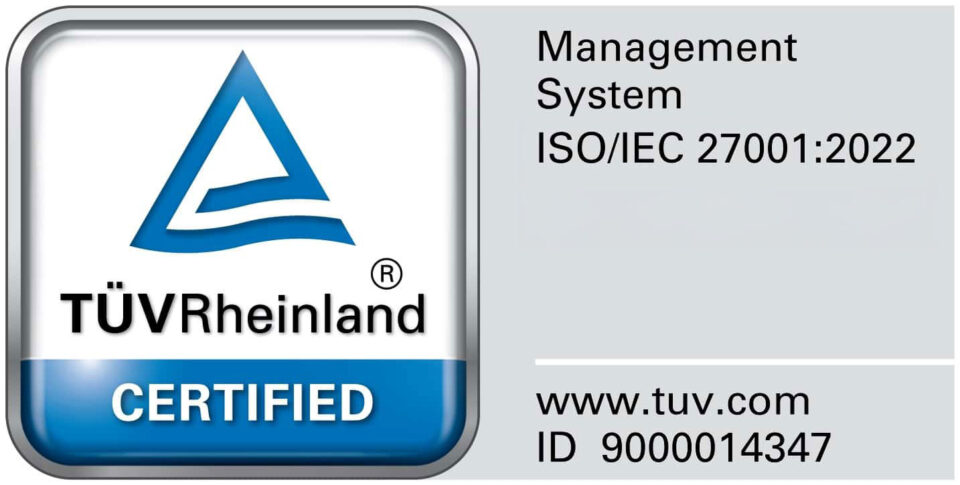
ISO 27001:2022
Exasol is ISO:IEC 27001 certified. This certification proves that Exasol is following the highest standards with regards to information security. The integrated management approach includes a broad range of information security related policies, a board level committee responsible for information security and data security topics, regulations for access control, thought-through Incident Response plans and approaches and other rules and regulations to grant highest security levels. The Statement of Applicability (SOA) includes all recommended actions of the standard.

